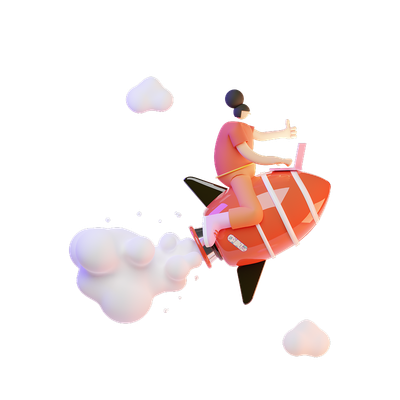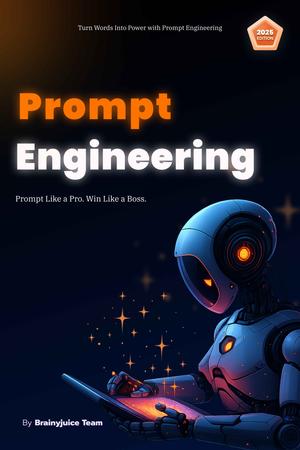
Top Interview Questions for UI/UX Roles
What hiring managers actually ask (and why they care)
Whether you're a beginner or a senior designer, most UI/UX interviews revolve around your thinking, your process, and your impact, not just pretty screens.
Here’s a curated list of most common and most critical UI/UX interview questions, categorized by topic, with tips on what interviewers want to hear.
1. Walk me through your design process.
Why they ask: To see how you think, structure work, and problem-solve.
Mention:
- Research → Define → Ideate → Prototype → Test → Iterate
2. How do you approach user research?
Tip: Talk about when and how you conduct interviews, surveys, usability tests, or analytics reviews.
3. How do you define a good user experience?
Use metrics like:
- Task success rate
- Low cognitive load
- High satisfaction (CSAT/NPS)
- Accessibility
- Retention
4. What’s the most challenging UX problem you’ve faced, and how did you solve it?
Pro Tip: Show how you handled complexity, conflicting feedback, or unclear user goals.
5. How do you validate your design decisions?
Mention:
- A/B testing
- Usability testing
- Analytics
- Stakeholder/user feedback
6. How do you ensure consistency in your visual designs?
Mention:
- Design systems
- Grids
- Component libraries
- Brand guidelines
7. What’s your approach to responsive design?
Show awareness of mobile-first design, breakpoints, and usability across devices.
8. Which tools do you use for UI/UX design? Why?
Most common:
- Figma(most common), Adobe XD, Sketch, FigJam, Notion, Maze, Hotjar
9. How do you work with developers?
Say:
- “I provide design specs, clickable prototypes, and document interactions clearly.”
- “I stay involved during development to ensure correct implementation.”
10. How do you handle design feedback (especially negative)?
Avoid ego. Show that you're open, but can push back when it helps the user.
11. Have you worked with Product Managers? What was your role in the process?
They want to know you can prioritize user needs and business goals.
12. Pick a project from your portfolio and explain your role.
Cover:
- The problem
- Your process
- Final result (and measurable impact)
13. What would you do differently in your past project if given more time?
This shows growth, reflection, and self-awareness.
14. How do you design for accessibility?
Mention:
- Color contrast
- Keyboard navigation
- Alt text
- Screen reader compatibility
15. What makes a design intuitive?
Talk about mental models, visual hierarchy, and clear affordances (buttons should look clickable).
16. Tell me about a time you disagreed with a stakeholder. How did you handle it?
Show:
- Empathy
- Communication
- Evidence-backed reasoning
17. How do you handle deadlines and shifting priorities?
Mention tools or workflows like sprints, kanban, or prioritization frameworks.
18. What do you do when you're stuck creatively?
Mention:
- User feedback
- Competitor audits
- Taking breaks
- Brainstorming with peers
19. How do you balance user needs with business goals?
Example:
“Users wanted fewer steps in onboarding, so we added guest access, which also improved signups by 25%.”
20. What metrics do you track post-launch?
Mention:
- Drop-off rate
- Time on task
- NPS
- Feature usage
- Retention
Bonus Questions (Mid–Senior Level)
- How do you design for scalability and reusability?
- How do you document your design decisions?
- What's your experience with design systems?
- How do you mentor junior designers?
- How do you run a usability test from scratch?
Tip:
Every question is an opportunity to prove that you’re not just a designer, you’re also a great problem solver, communicator, and strategist.




